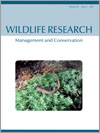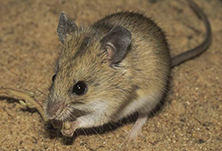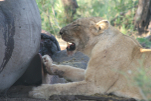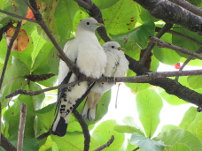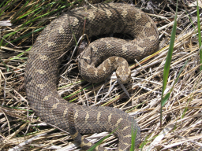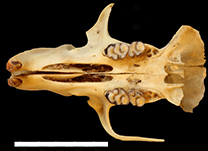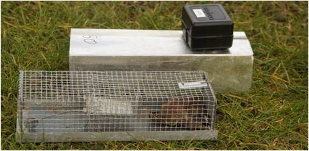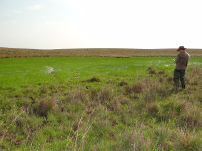WR14239Middle of the road: enhanced habitat for salamanders on unused logging roads
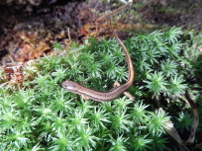
Unused forest roads may not contribute directly to salamander road mortality but they contribute to poor habitat quality. Using coarse woody debris (CWD), we attempted to rehabilitate an unused forest road in Algonquin Provincial Park and found that salamanders preferred cover greater than 1 m2 and may even gather in numbers under artificial cover. The use of CWD may be an effective and low cost way to mitigate some of the negative impacts of forest roads. Photograph by David L. LeGros.


